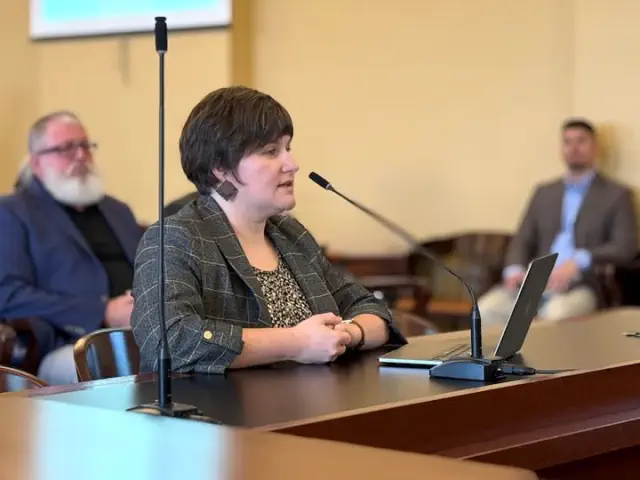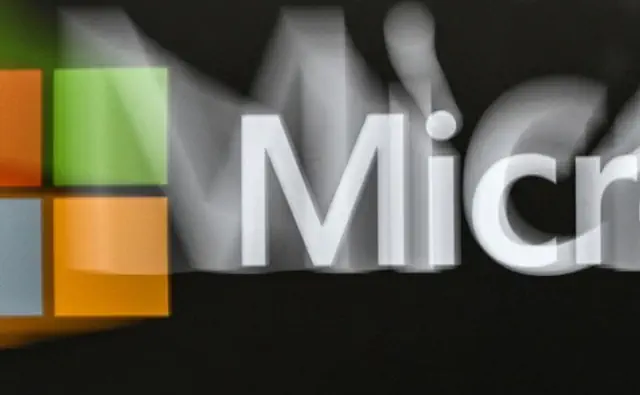
View pictures in App save up to 80% data.
Millions of people in the United States who get Social Security will be affected by important dates in the new payment schedule for January 2025. After the first payment of the month was made on January 8, all eyes are now on January 15, which is the next important date.
Many retirees and other qualified individuals will receive their monthly payments on that date, providing them with financial stability as the new year begins.
Along with the payment on January 15, this month’s schedule will end on January 22, which is also the last scheduled payment date for beneficiaries. To get the most out of the benefits the Social Security Administration (SSA) offers, you need to know how this system works and what you need to do to get each payment.
You need to be aware of the payment scheduled for January 15 for the second group.
The payment issued on January 15 marks the second significant disbursement for the month. It is designated for a specific group of recipients who fulfill particular criteria. To qualify, individuals must have begun receiving benefits after May 1997 and must have been born between the 11th and 20th of any month.
Countless Americans within this demographic rely on their Social Security benefits to cover essential expenses such as housing, healthcare, and other basic needs.
The SSA establishes a timetable that ensures timely payments are consistently delivered. This ensures that millions of eligible individuals, including retirees and those with disabilities, receive their funds without delay.
How recipients will obtain their Social Security payments
Individuals anticipating their checks on January 15 should keep the following in mind. Primarily, the majority of payments will be processed via direct deposit, ensuring that funds are transferred swiftly and securely. However, there will also be paper checks available.
Individuals who continue to receive paper checks might experience a slight delay in accessing their funds, as mailed payments could take additional days to be delivered.
On January 22, Social Security payments for the month will conclude. The final payment for January is scheduled for January 22, following the payment made on January 15. Individuals with birthdays falling between the 21st and 31st of any month will receive their payments this time, marking the end of the January 2025 payment cycle.
Beneficiaries can anticipate several changes in Social Security payments for 2025 compared to previous years. Firstly, there may be an adjustment in the cost-of-living adjustment (COLA), which is designed to keep pace with inflation and rising living costs. This adjustment typically results in an increase in monthly benefits. Additionally, the maximum taxable earnings limit may be raised, potentially affecting how benefits are calculated for higher earners. Furthermore, there could be changes in eligibility criteria or adjustments in the age for full retirement benefits. It's essential for beneficiaries to stay informed about these changes to understand how they may impact their financial situation.
If you want to know the official details, especially about cost-of-living adjustments (COLA), wait until the Social Security Administration (SSA) makes its annual announcement, which usually happens in October of the previous year. The actual changes in benefits in 2025 will depend on inflation, the economy, and any new laws that Congress passes.

View pictures in App save up to 80% data.
Adjustment for Cost of Living (COLA)
Yearly Adjustment for Cost of Living (COLA) Assessment
Inflation data from the Consumer Price Index for Urban Wage Earners and Clerical Workers (CPI-W) during a certain measurement period (usually the third quarter of the previous year) is used by the SSA to figure out a COLA every year.
Anticipations for 2025
The cost-of-living adjustment (COLA) for 2025 will rely on inflation statistics from the third quarter of 2024. This figure won't be confirmed until the Social Security Administration reviews it and releases the official announcement, expected in October 2024.
Should inflation patterns remain consistent, beneficiaries can typically anticipate a slight increase in their monthly payments. However, if inflation significantly deviates from the levels seen in prior years, the Cost of Living Adjustment (COLA) may be affected.
Medicare Part B premiums, typically deducted from Social Security payments, can impact a beneficiary's monthly net income, despite not directly altering the amount of their Social Security benefit.
In most cases, when Part B premiums go up, retirees’ net benefit amount goes down. This is true even if their gross Social Security benefit has gone up due to COLA.

View pictures in App save up to 80% data.

View pictures in App save up to 80% data.

View pictures in App save up to 80% data.

View pictures in App save up to 80% data.










